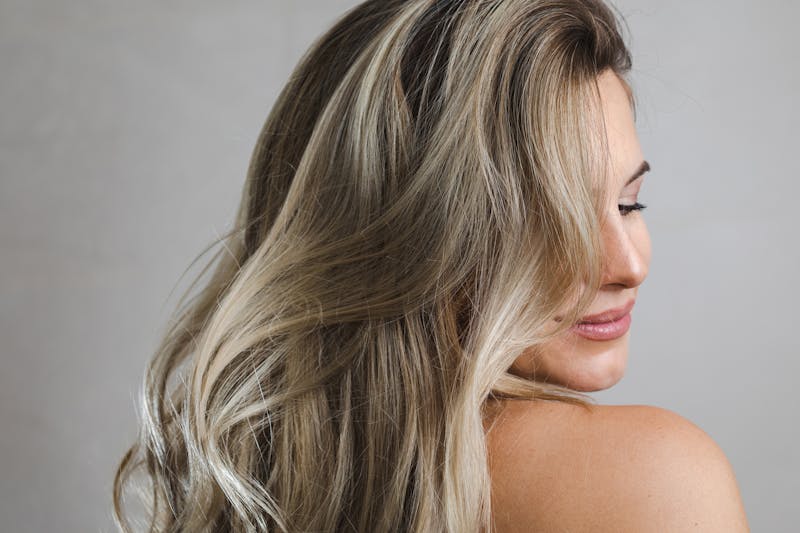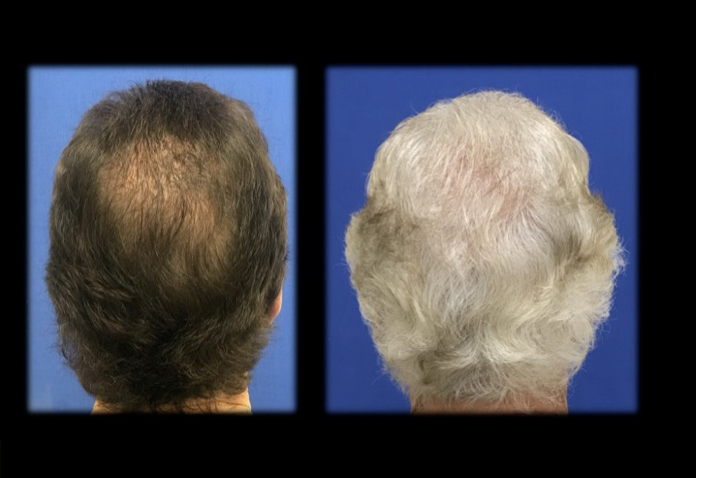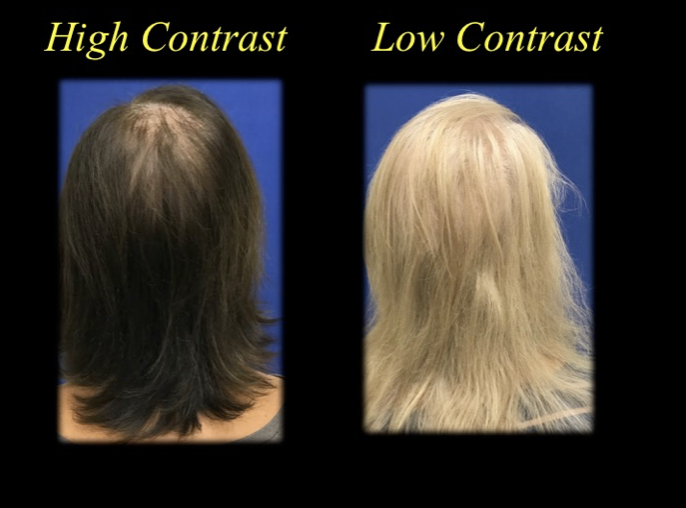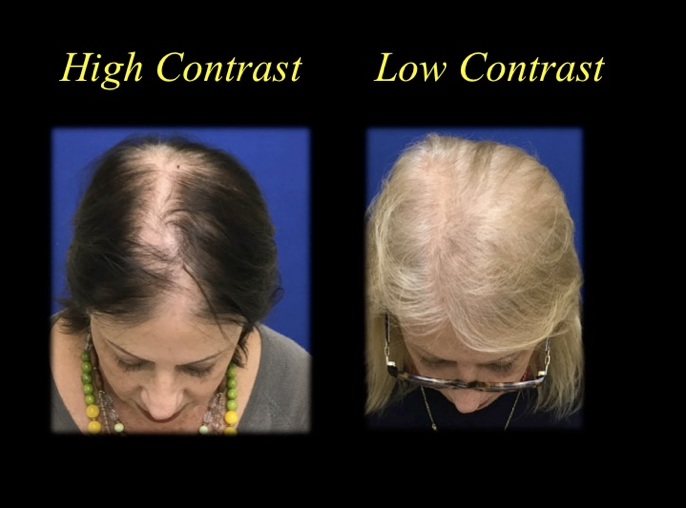
Contrast, in the context of hair aesthetics, is a fundamental principle that influences the overall harmony and visual impact of one’s appearance. It refers to the degree of difference between light and dark elements within one’s hair and between the hair, skin tone, and eyes. Appreciating and manipulating contrast in hair can dramatically alter both subtlety and boldness in personal style, affecting how features are emphasized and how a look is perceived.
Defining Contrast in Hair Aesthetics
Contrast, simply put, is the visual difference between two or more elements. In hair aesthetics, it is most discussed in terms of:
- The relationship between hair color and skin tone
- The interplay between natural hair color and highlights/lowlights
- The comparison between hair color and eye color
These relationships determine whether a person’s overall look is considered “high contrast” or “low contrast.” Understanding the difference is crucial when choosing hair colors, highlights, or styles that best flatter one’s natural features and desired persona.
What Is High Contrast?
High contrast in hair aesthetics describes a look where there is a pronounced difference between colors—most often between the hair color and the individual’s skin tone or between different shades within the hair itself. In high contrast looks, the transition from one color to another is clear and striking, creating a bold and distinctive appearance.
Characteristics of High Contrast
- Sharp delineation: The borders between different colors or shades are well-defined. For instance, jet-black hair with porcelain skin, or platinum blonde hair with dark brown roots.
- Dynamic appearance: The overall effect is dramatic and eye-catching. High-contrast pairings draw attention to the features and tend to make facial features appear more defined.
- Vivid highlights/lowlights: In multi-tonal hair, highlights and lowlights are often more than two shades lighter or darker than the base color, resulting in a visually striking effect.
- Bold color choices: High-contrast aesthetics often include unconventional or vibrant colors, such as pairing vivid reds with deep browns, or icy blondes with shadowy roots.
Examples of High Contrast
- Someone with fair skin, deep brown or black hair, and bright blue eyes.
- Hair that alternates sharply between dark and light sections, such as black hair with platinum blonde streaks.
- Fashion statements such as “money piece” highlights, where bold, face-framing streaks are significantly lighter or darker than the rest of the hair.


The patient above just stopped dying his hair, no treatments or therapy one year later.
Who Does High Contrast Suit?
High contrast looks are particularly effective for individuals whose natural coloring already includes strong distinctions: for example, those with pale skin and very dark eyes and hair. People with a “Winter” seasonal palette, according to color theory, are classic examples of high-contrast individuals who look especially striking in bold color pairings.
High contrast can also be intentionally created in anyone’s style, regardless of natural coloring, for those who wish to make a striking and memorable impression.
What Is Low Contrast?
Low contrast in hair aesthetics refers to a more subtle transition between colors, whether that’s between one’s hair and skin tone, or among the shades present within the hair. The result is a more blended, harmonious look where the differences between tones are soft and gradual.
Characteristics of Low Contrast
- Soft transitions: The shift from one color to another is gentle, with no stark lines or dramatic changes.
- Muted effect: The overall appearance is understated and tends to look more natural or sun kissed.
- Similar depth: The colors used, whether in highlights, lowlights, or base shades, remain within a couple of shades of each other.
- Natural harmony: The hair color blends seamlessly with the skin tone and eye color, creating a look that is cohesive and soft.
Examples of Low Contrast
- Someone with beige skin, light brown hair, and hazel eyes.
- Hair colored using the “balayage” technique, where highlights are painted on in subtle, sweeping motions for a gradual lightening effect.
- Dark blonde hair with honey or warm caramel highlights that are just one or two shades lighter than the base color.


The patient above appears to have significant hair loss, but just the change in contrast and no therapy appears 100% denser.
Who Does Low Contrast Suit?
Low contrast looks are often best for individuals whose natural coloring is already soft and blended. Those with “Summer” or “Autumn” palettes—meaning their features are within a narrow range of color depth or saturation—tend to look best in low contrast styles. This approach is also ideal for those who prefer an understated, effortless appearance or who wish their hair to look more natural and less processed.
Choosing Between High and Low Contrast
The decision between high and low contrast hair aesthetics depends on several factors:
- Natural coloring: Harmonizing with your skin tone and eye color can create a balanced look. High-contrast individuals will often find that high-contrast hair complements their features most successfully, and vice versa.
- Personal style: If you enjoy bold statements and standing out, a high-contrast look might be more appealing. If you gravitate toward subtlety and natural beauty, low contrast could be the way to go.
- Maintenance: High-contrast styles, especially those involving drastic color changes or vibrant highlights, usually require more frequent upkeep to maintain the sharpness of the look. Low-contrast styles often grow out with less visible regrowth and can be easier to maintain.
- Trends and fashion: High-contrast styles often feature in edgy, fashion-forward looks, while low-contrast approaches are common in boho, natural, or classic styles.
- Face shape and features: High-contrast hair can draw attention to and sharpen facial features, while low-contrast hair can soften and blend them.
Techniques to Achieve High or Low Contrast
High Contrast Techniques
- Color blocking: Dyeing large sections of hair in noticeably different colors, such as black and platinum blonde.
- Bright highlights/lowlights: Choosing highlight or lowlight shades three or more levels different than the base color.
- Bold root shadowing: Emphasizing the difference between dark roots and light ends for a graphic, head-turning effect.
Low Contrast Techniques
- Balayage: Freehand painting of highlights for a gradual, sun-kissed effect.
- Baby lights: Ultra-fine highlights that are just a shade or two lighter than the base, for a seamless blend.
- Tonal glosses: Using demi-permanent glosses to adjust the tone of the base color without creating dramatic differences.
Psychological and Social Impact
The contrast level in hair aesthetics doesn’t just change how a person looks; it also has psychological effects. High contrast looks can make wearers feel bolder, more energetic, and ready to command attention. Low-contrast styles, conversely, can foster feelings of calm, approachability, and authenticity. They tend to communicate reliability, gentleness, and harmony.
Conclusion
High-contrast styles make a statement, drawing the eye and highlighting features with dramatic flair. Low-contrast approaches softly enhance natural beauty, creating a seamless harmony that’s both elegant and understated. In the final analysis, contrast with hair color is a choice…. balance is the fundamental to achieve harmony.
